Figs, with their sweet and luscious taste, have been a popular fruit throughout history. While both dried and fresh figs offer numerous health benefits, there are some key differences between the two in terms of taste, texture, shelf life, and commercial viability. This article aims to compare the nutritional value, accessibility, market demand, and profitability of dried figs and fresh figs, helping businesses make informed decisions. Nutritional Value: Both dried and fresh figs offer an array of nutrients, including vitamins A, B, and K, minerals like potassium, calcium, and iron, and dietary fiber. However, since water is largely removed during the drying process, dried figs boast higher concentrations of nutrients per serving.
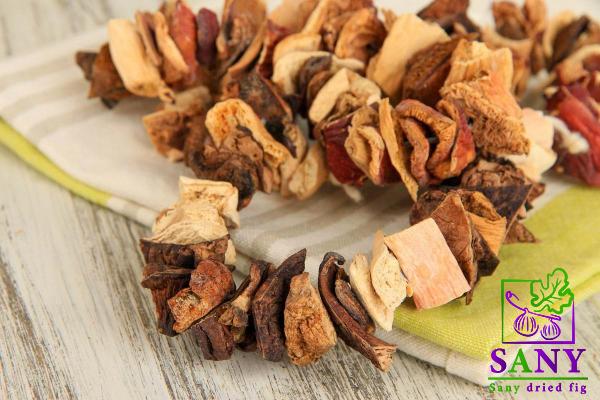
.
 For instance, per 100 grams, dried figs contain approximately three times more fiber and five times the amount of calcium as fresh figs. This higher nutrient density makes dried figs a desirable option for those seeking health benefits in a concentrated form. Shelf Life and Accessibility: One of the significant advantages of dried figs over fresh figs is their extended shelf life. Dried figs can be stored for months, even without refrigeration, making them more readily available throughout the year. On the other hand, fresh figs are highly perishable and have a shorter shelf life, typically lasting only a few days before they become overripe and spoil. Their limited availability in certain seasons and specific regions may pose challenges for businesses that rely on consistency in sourcing.
For instance, per 100 grams, dried figs contain approximately three times more fiber and five times the amount of calcium as fresh figs. This higher nutrient density makes dried figs a desirable option for those seeking health benefits in a concentrated form. Shelf Life and Accessibility: One of the significant advantages of dried figs over fresh figs is their extended shelf life. Dried figs can be stored for months, even without refrigeration, making them more readily available throughout the year. On the other hand, fresh figs are highly perishable and have a shorter shelf life, typically lasting only a few days before they become overripe and spoil. Their limited availability in certain seasons and specific regions may pose challenges for businesses that rely on consistency in sourcing.
..
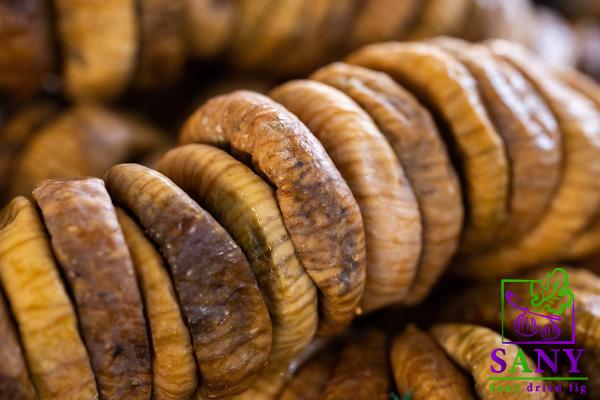 Market Demand and Profitability: The demand for figs, whether fresh or dried, has been steadily increasing, driven by their perceived health benefits and culinary versatility. Fresh figs are favored for their succulent texture and complex flavor, often sought after by high-end restaurants and specialty stores. On the contrary, dried figs have a wider market appeal due to the ease of storage, convenience, and longer shelf life. The popularity of dried figs has grown further with the rise in consumption among health-conscious individuals, as they serve as a natural and nutritious snack option. Profit margins for dried figs are generally higher than for fresh figs due to the lower costs associated with storage, transportation, and reduced wastage. Additionally, dried figs can generate revenue year-round as they are not subject to seasonal fluctuations.
Market Demand and Profitability: The demand for figs, whether fresh or dried, has been steadily increasing, driven by their perceived health benefits and culinary versatility. Fresh figs are favored for their succulent texture and complex flavor, often sought after by high-end restaurants and specialty stores. On the contrary, dried figs have a wider market appeal due to the ease of storage, convenience, and longer shelf life. The popularity of dried figs has grown further with the rise in consumption among health-conscious individuals, as they serve as a natural and nutritious snack option. Profit margins for dried figs are generally higher than for fresh figs due to the lower costs associated with storage, transportation, and reduced wastage. Additionally, dried figs can generate revenue year-round as they are not subject to seasonal fluctuations.
…
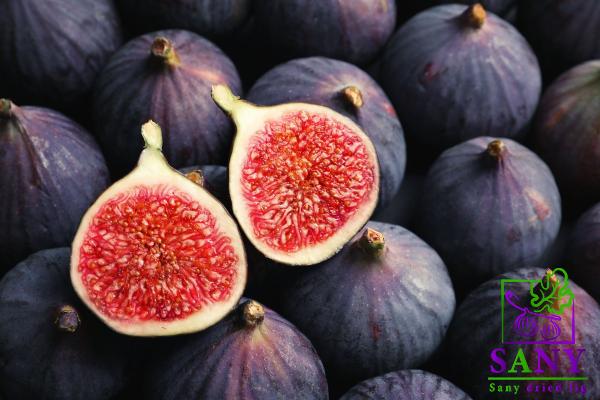 For businesses in the food industry, investing in dried figs may offer a more sustainable and financially viable option. Conclusion: While both dried figs and fresh figs have their own merits, dried figs seem to have a slight edge in terms of nutritional density, shelf life, accessibility, and profitability. However, market demand will vary depending on the target audience, culinary applications, and regional preferences. Businesses must carefully evaluate their target market and consider factors such as cost, storage capacity, and consumer demand when making decisions on whether to invest in dried figs or fresh figs. Ultimately, understanding the unique characteristics and benefits of each form of fig will empower businesses to cater to the evolving needs of consumers and thrive in the competitive marketplace.
For businesses in the food industry, investing in dried figs may offer a more sustainable and financially viable option. Conclusion: While both dried figs and fresh figs have their own merits, dried figs seem to have a slight edge in terms of nutritional density, shelf life, accessibility, and profitability. However, market demand will vary depending on the target audience, culinary applications, and regional preferences. Businesses must carefully evaluate their target market and consider factors such as cost, storage capacity, and consumer demand when making decisions on whether to invest in dried figs or fresh figs. Ultimately, understanding the unique characteristics and benefits of each form of fig will empower businesses to cater to the evolving needs of consumers and thrive in the competitive marketplace.
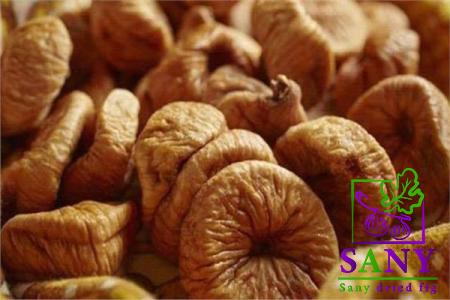
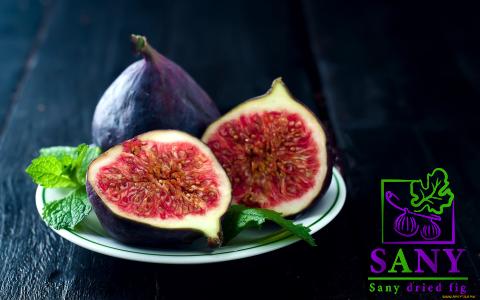
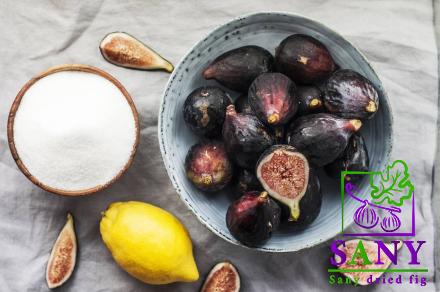


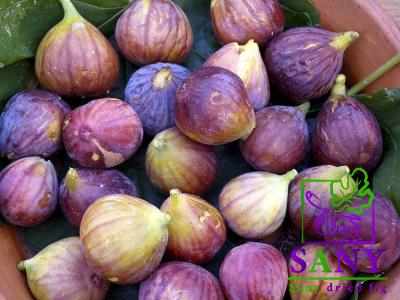
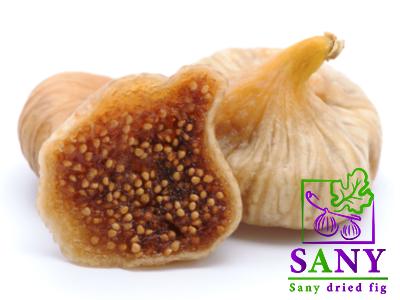
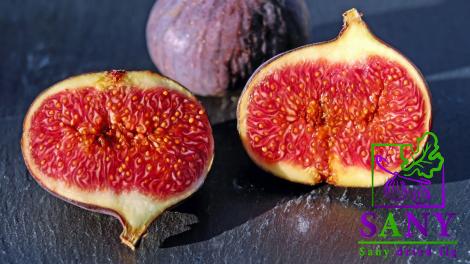
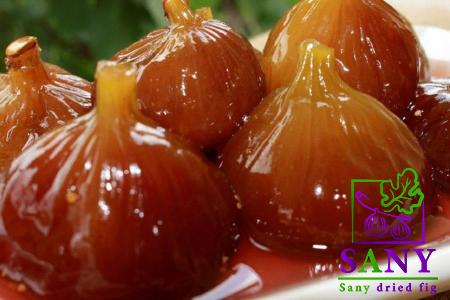
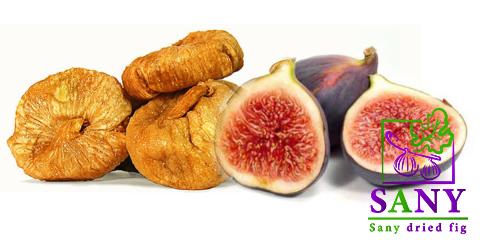
Your comment submitted.